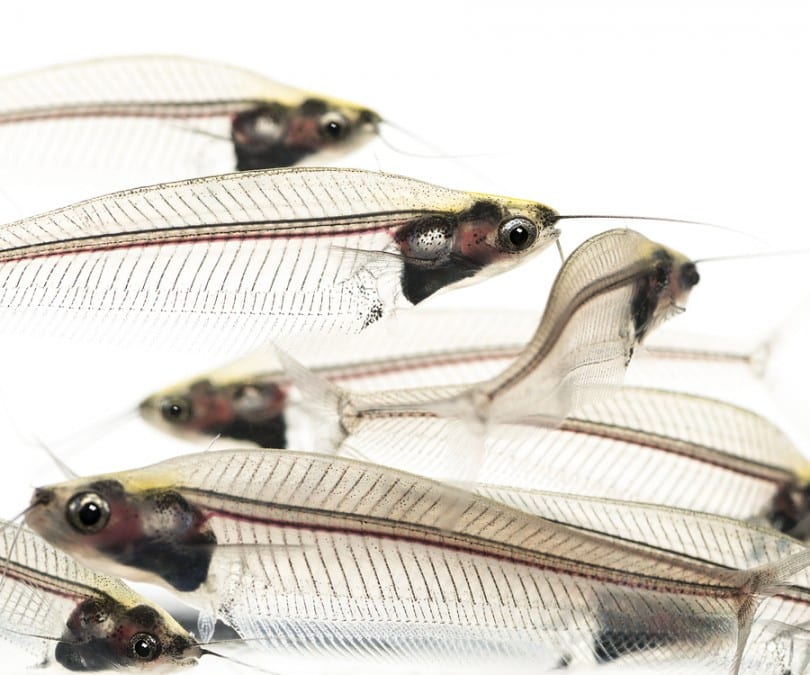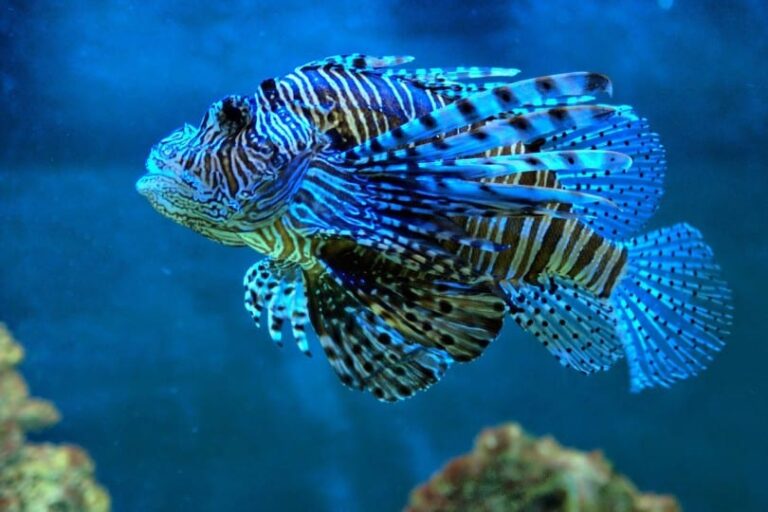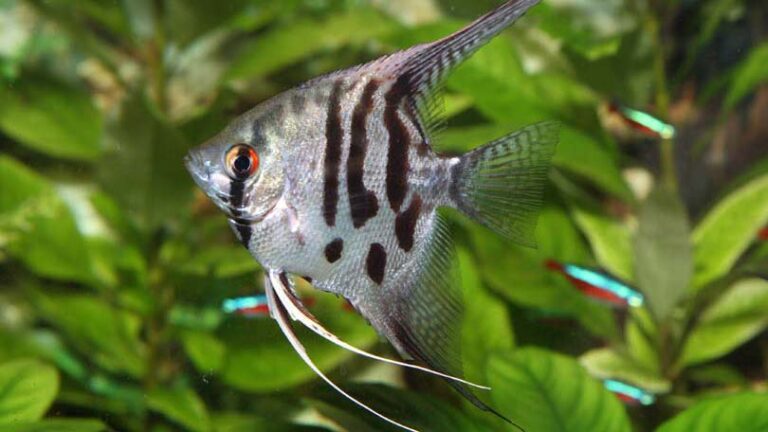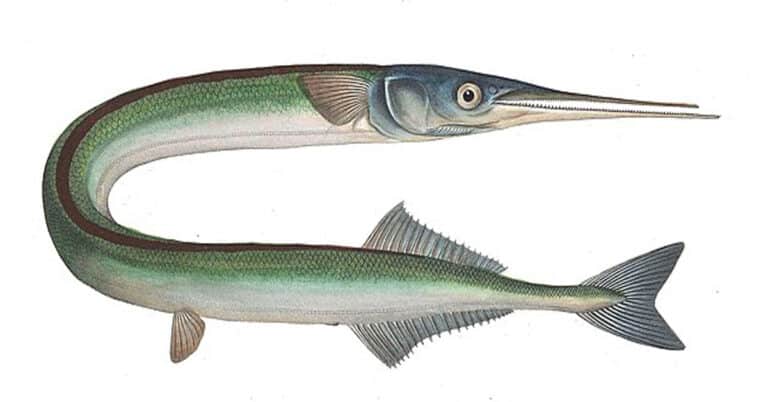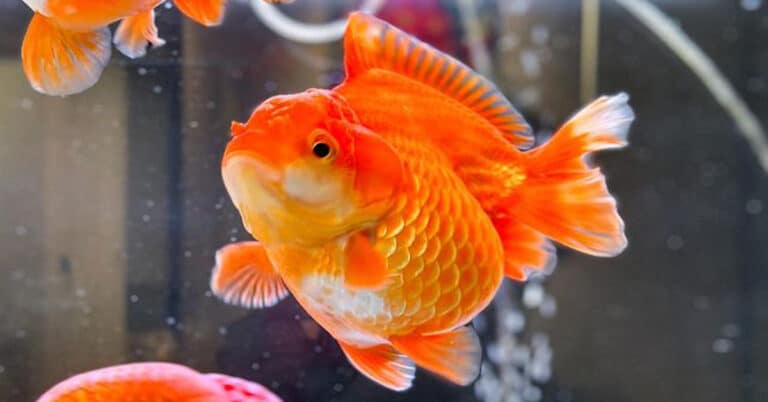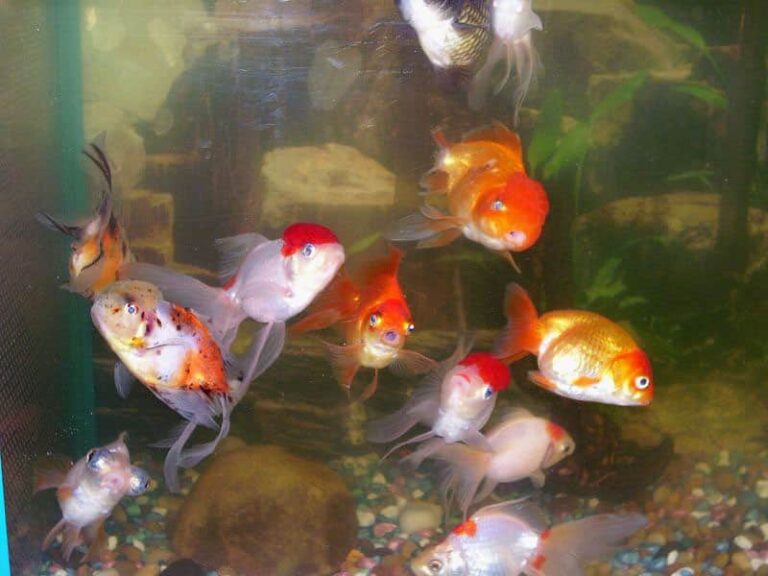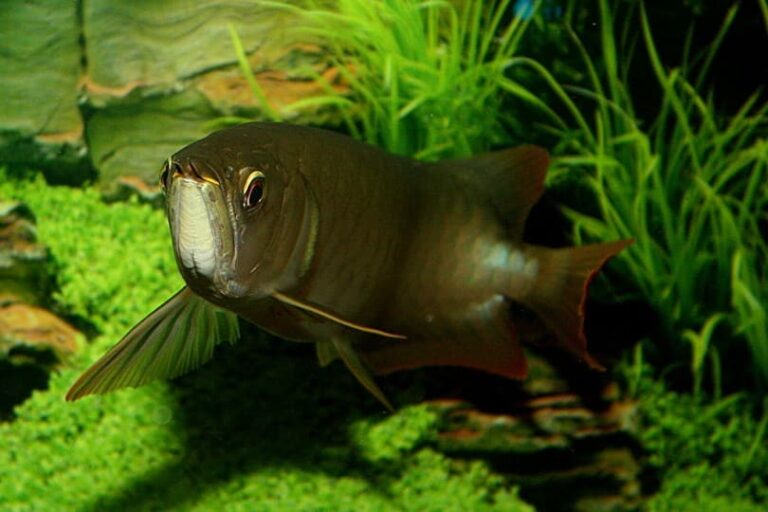Glass Catfish
Scientific classification
| Domain: | Eukaryota |
| Kingdom: | Animalia |
| Phylum: | Chordata |
| Subphylum: | Vertebrata |
| Superclass: | Osteichthyes |
| Class: | Actinopterygii |
| Subclass: | Neopterygii |
| Infraclass: | Teleostei |
| Superorder: | Ostariophysi |
| Order: | Siluriformes |
| Family: | Siluridae |
| Genus: | Kryptopterus |
| Species: | K. Vitreolus |
| Binomial name: | Kryptopterus Vitreolus |
You can find Catfish species everywhere. Its family belongs to the Siluriformes Group, which consists of about 30 families including 436 genera, making it the most versatile group of vertebrates on the planet. In other words, if you count four species of freshwater fish, out of it; one will be a catfish! This spectacular diversity proves that these species with whiskers have evolved to be perfectly set into a legion of niches; still, many fish hobbyists consider these fish to be brown, cumbersome, armored beasts or be-whiskered, sleek predators. But most of the catfish do not belong to these stereotypes.
The Glass Catfish, belonging to the Siluridae family has three types, namely, Kryptopterus Bicirrhis, Kryptopterus Vitreolus, and Kryptopterus Minor, out of which, the Kryptopterus Bicirrhis is commonly termed as Glass Catfish, the Kryptopterus Vitreolus are more commonly known as Ghost Catfish, and the Kryptopterus Minor is a smaller version of the Glass Catfish. The species, “Kryptopterus bicirrhis, which was rarely seen in the aquarium trade, was considered as a member of the glass catfish group till 1989, but it was comparatively a larger species. The more commonly seen species that was termed as ‘ghost catfish’ was also considered to be a Kryptopterus minor. Finally in the year2013, this species usually seen in the aquarium was placed in another group of species known as Kryptopterus Vitreolus and the original Kryptopterus minor were only found in the BORNEO region and was barely seen in the aquarium world. These types are endemic to Asian region, Indonesia, Cambodia and Thailand.
The Kryptopterus vitreous species is a small fish belonging to the Asian glass catfish group, and is commonly referred as glass catfish in the aquarium trade world. You can find this fish commonly in the freshwater aquarium, but still the taxonomy of this species is not fully resolved.
Ghost Glass Cats, commonly termed as Ghost Fish, Indian Ghosts, Glass Cats or Glass Catfish have a peaceful temperament and are usually considered as a good community species. They serve as wonderful pets to their owners and provide fun and enjoyment for long hours. They are named so because they have a glass or ghost-like appearance. They prefer dull lights in their habitat, as they are seen more energetic and active during the dusk or dawn time. They are considered to be a perfect schooling fish, and hence cannot live alone in the aquariums or ponds. So you can add some other Ghost Glass fish in their tanks or ponds.
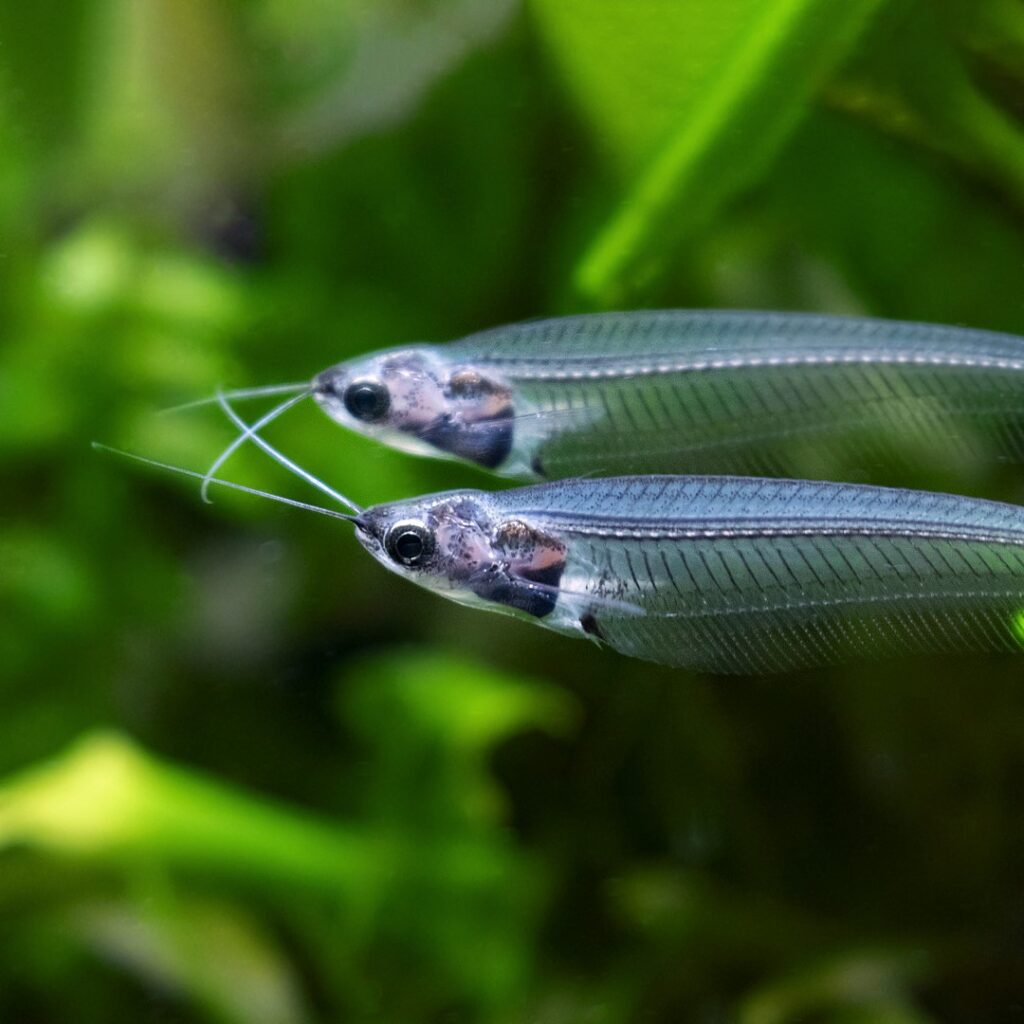
Description
The Glass Catfish is a unique fish with translucent body through which, the bones and the internal organs can be seen. It is an ideal fish with peaceful temperament, who loves to thrive with other friendly tank mates in the community tank like Cory, Hatchets and Cats. The Ghost Glass Cat has a glassy appearance through which, it offers an incomparable display of the internal organs present in their body. The almost clear body seems like a skeleton from which even the vertebral column and swim bladder are visible. These Glass Catfishes are basically middle dwellers. The body length of a matured Glass Catfish can be around 5.9 inches. When lights fall on its body, it has a glittering effect. The most versatile part is that its body turns milky white in the shade when it dies. The barbells used for locating food are as long as the length of the body from the anal fin towards the front. In the place of a dorsal fin, a small triangle-shaped structure can be seen, whereas the pectoral fins are too long, may be longer than the Catfish’s head.
Habitat
The Glass Catfish, belonging to the freshwater group inhabits the large rivers of turbid water. They prefer to live in the fast running water near the shore. In the tropical range, you can find them in peaty water that has low temperature, around 21 to 26 degree C.
This species is native to the Thailand region and is largely found in the rivers situated in the southern part of Kra. From there, this species flows to the Cardamom Mountain’s river basin and the Gulf of Thailand. There is a great dearth of records, but it is said that these fish have also drained into the Penang river of Malaysia.
Reproduction
In the wild, Catfish spawns during the rainy season. Hence, while breeding at home, empty the water about 50% of the aquarium, and each day increase 5% of the level of the water in the aquarium. Thus, it will be similar to the river environment during the rainy season. Feed these fish with daphnia, mosquito larvae and blood worms, which will help to induce spawning process. The temperature should be maintained in the range of 72 to 75 degree F. Soon, you can find the female Catfish with swollen bellies. After this, you can add a pair of male and female Catfish into another breeding tank. The female Catfish lays eggs on the leaves of an aquarium plant. Keep the fry away from its parents, until it is matured.
Glass Catfish At Home
Breeding in Captivity
This Glass Catfish species is very hard to breed in captivity. Experiments have been carried out, but till now no techniques have been successful in reproducing them in the aquarium ambience. The general assumption is that the female Glass Catfish lays eggs and scatter on any surface.
Food
The Glass Catfish is omnivorous in nature. Hence, you can provide all types of food to eat. Make sure, they get nutritious food to stay healthy. A pellet diet and flake foods are very nutritious and good for these fish. But they will love to eat varieties of foods like glass worms, brine shrimp, tubifex worms, plankton, beef heart and blood worms.
Water
Endemic to the Thailand Rivers, the Glass Catfish thrives well in a open area, where they can swim freely. Like in their habitat, they will enjoy moderate water currents and some plants in the tank. In their original habitat they love to hide in the surrounding plants; hence providing such decorations in the tank will give a natural look like their original habitat.
The Glass Catfish are very delicate and sensitive types, hence cannot tolerate the fluctuating conditions of water. Any fish can survive happily if provided with water conditions and environment similar to their natural habitat. The water parameters should be regularly checked by the tank owners. A slight variation can lead to the death of these fish. The pH value should be around 6.5 to 7.0, and the temperature preferred is about 75 to 80 degree F. They prefer a water hardness of less than 10 degree dGH.
Tank
The minimum tank size for a Glass Catfish is around 10 gallons. They must be kept with more than 5 tank mates to stay healthy and active. The minimum tank size for a Glass Catfish is around 10 gallons. They must be kept with more than 5 tank mates to stay healthy and active. Being a schooling fish, staying alone will lead them to a state of shock or stress. They can even stop eating their food and waste away due to loneliness. Like many other fish, they too prefer dim lights, and hide under the plants if surrounded by bright illumination. You can find them swimming in the dark, which means they love to be away from the lights. The fish tank for these Glass Catfish should have few rock caves to hide and play. They will also enjoy live aquarium plants inside their tank.

Having discovered a fondness for insects while pursuing her degree in Biology, Randi Jones was quite bugged to know that people usually dismissed these little creatures as “creepy-crawlies”.

